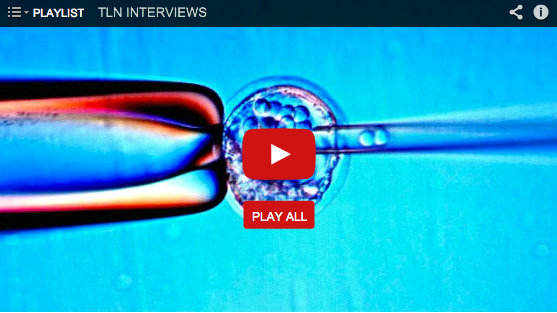I was diagnosed 20 years ago. My heart was stopped up. I have 11 stents in my heart. When they put in (stents) nine, ten and eleven they blocked an artery and caused me to have a heart attack. Then 4 years later, I went to the doctor and he did an EKG and he said he needed to do a nuclear scan. That was in May 2011. In July of 2011 he did a nuclear scan and then called me and told me there was nothing else he could do for me.
A friend of mine in Corpus Christi told me about stem cells in Panama. So I checked into it and I came down in October of 2011 and had a treatment.
[Mr. Gray received multiple doses of human umbilical cord-derived mesenchymal stem cells over the course of several days.]
I didn’t feel anything for 30 days. Then I started feeling better and really felt good. I went to the doctor in January of 2012. He did an EKG and walked in and said, “What have you done?” I said, “What are you talking about?” He said, “You have a normal EKG. You’ve never had one of these before.“ So I asked my wife, “Do you think I ought to tell him?” This was in St. Dominic’s Hospital in Jackson Mississippi; the one that had caused me to have the heart attack. So I asked her, “Reckon I ought to tell him I had got stem cells?” She said, “Yes.” So I told him. He looked like I had cut his throat. He was white as a sheet and he wanted to know, “How did they do it?” and I told him.
Since then I have had 3 normal EKGs. The last one was about 2 months ago.
Well, I had another treatment about 11 months later and it fixed my kidneys the second time. The first time it fixed my heart. It didn’t do anything else but then the second time it fixed my kidneys. I had horse shoe kidneys and I was operated on when I was 33 years old, 35 years old and now I’m 69. My kidney had grown together and my kidneys have been bad my whole life but now they’re fine.



